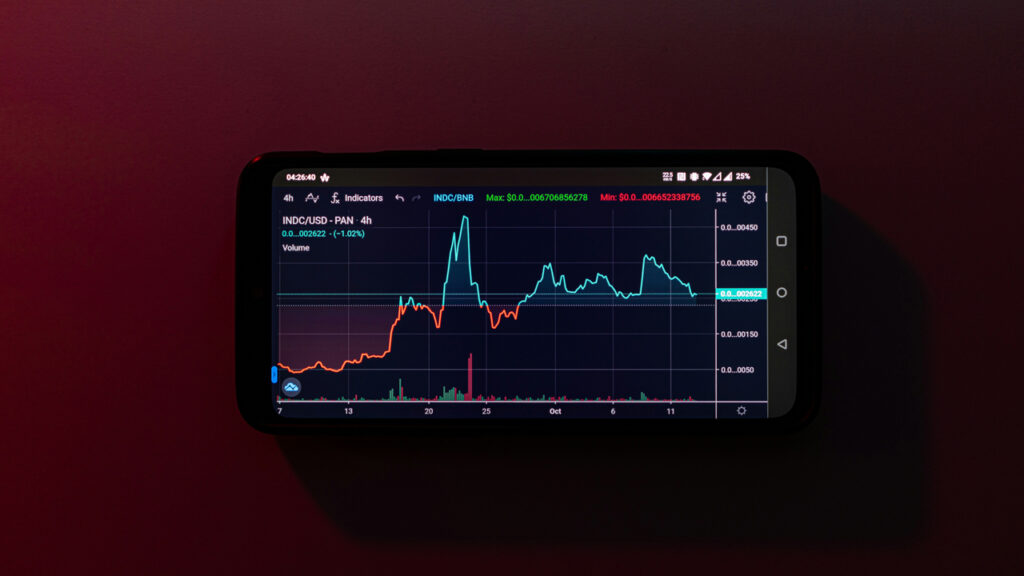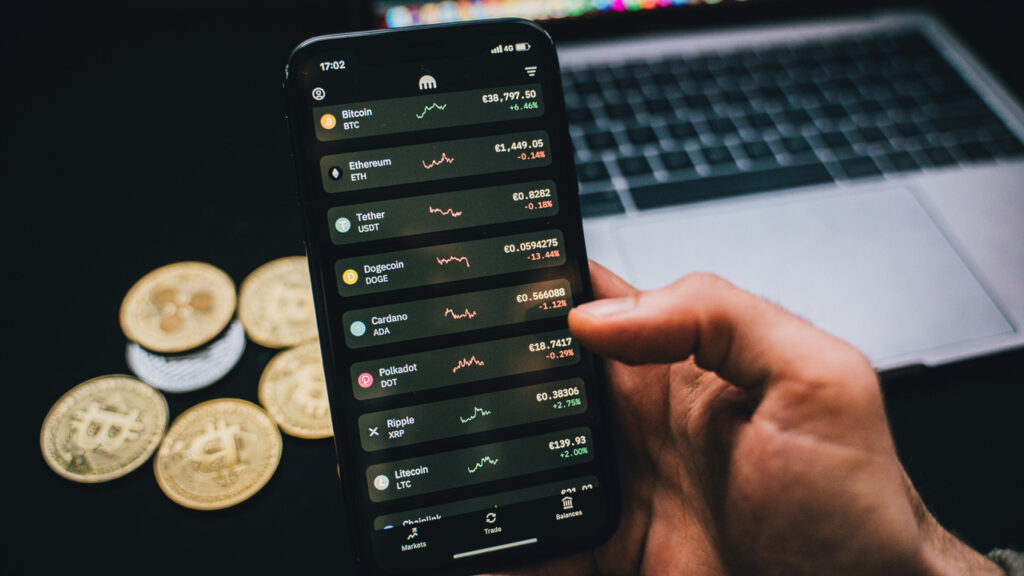The founder of a major crypto market-making firm just admitted to rigging the game. Aleksei Andriunin, CEO of Gotbit, pleaded guilty to a multi-year scheme that helped boost digital token prices through fraudulent trades and fake volume. The charges, part of an FBI operation that created a digital token to trap manipulators, are among the most aggressive moves yet against crypto-sector fraud (Source: Reuters).
Andriunin now faces up to two years in prison. His firm, Gotbit, is forfeiting $23 million in cryptocurrency. The case shows just how far manipulation has gone—and how far regulators are willing to go to fight back (Source: CoinDesk).
Wash Trading: Faking Demand to Inflate Prices

At the core of the charges was wash trading—a tactic where a firm trades with itself to make a token appear more active than it really is. For years, Gotbit used this method to inflate trading volume and create the illusion of market interest (Source: justice.gov).
The goal? Help small, unknown tokens get listed on major exchanges. When it looks like people are buying, platforms are more likely to list. It’s deceptive, but effective—until the feds start watching.
The FBI’s Trap: Operation Token Mirrors

What makes this case different is how the FBI approached it. In a first-of-its-kind move, agents created a fake digital token to bait fraudsters. That sting operation, called Operation Token Mirrors, led directly to multiple arrests, including Andriunin’s (Source: Financial Times).
The investigation revealed how easy it is for bad actors to manipulate new crypto tokens behind the scenes. It also showed that law enforcement is starting to treat digital asset fraud like organized crime—with undercover tactics and global cooperation.
Millions in Proceeds, Millions Forfeited

Prosecutors say Gotbit made tens of millions of dollars by running market manipulation schemes from 2018 to 2024. Their strategy was simple: charge crypto startups hefty fees in exchange for artificial volume that made their tokens look like hot investments (Source: Reuters).
In the plea deal, Gotbit agreed to hand over roughly $23 million in crypto. That’s a significant hit, but likely a fraction of the total money that changed hands. For retail investors who unknowingly bought in, it’s another example of how murky the space still is.
The Role of Token Hype: Why It Works

Many of the tokens tied to the scheme—like Saitama and Robo Inu—relied on hype. These meme-adjacent projects often explode in popularity based on social media momentum and the illusion of legitimacy. Wash trading feeds that illusion (Source: justice.gov).
When early volume looks strong, retail investors pile in. Prices spike, liquidity rises, and everyone wants a piece—until the truth catches up. This kind of manipulation is why regulators argue that crypto needs real oversight, fast.
Extradition and Global Crackdown

Andriunin wasn’t arrested in the U.S.—he was picked up in Portugal, where he had been living. That kind of cross-border coordination used to be rare in crypto cases. It’s not anymore (Source: Reuters).
Extradition signals something important: crypto crime isn’t just a regulatory headache. It’s being treated like serious international fraud. And if you’re building or investing in crypto, it’s clear the rules are changing—fast.
What This Means for Retail Investors

The biggest takeaway here isn’t just that someone got caught—it’s that this type of fraud is widespread, often hidden, and directly affects regular investors. Tokens manipulated by fake volume are far more common than most people realize.
If you’re investing in new or low-cap tokens, especially ones driven by hype or community buzz, assume you’re not seeing the full picture. The best protection? Stick to tokens with transparency, real-world utility,
::contentReference[oaicite:0]{index=0}

Alexander Clark is a financial writer with a knack for breaking down complex market trends and economic shifts. As a contributor to The Daily Overview, he offers readers clear, insightful analysis on everything from market movements to personal finance strategies. With a keen eye for detail and a passion for keeping up with the fast-paced world of finance, Alexander strives to make financial news accessible and engaging for everyone.


